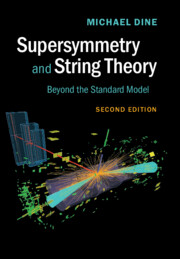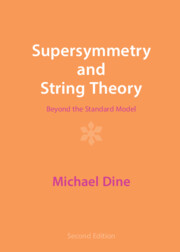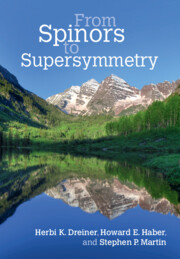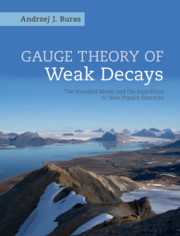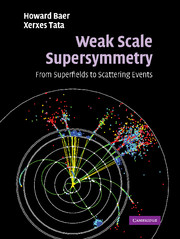Supersymmetry and String Theory
The past decade has witnessed dramatic developments in the fields of experimental and theoretical particle physics and cosmology. This fully updated second edition is a comprehensive introduction to these recent developments and brings this self-contained textbook right up to date. Brand new material for this edition includes the groundbreaking Higgs discovery, results of the WMAP and Planck experiments. Extensive discussion of theories of dynamical electroweak symmetry breaking and a new chapter on the landscape, as well as a completely rewritten coda on future directions gives readers a modern perspective on this developing field. A focus on three principle areas: supersymmetry, string theory, and astrophysics and cosmology provide the structure for this book which will be of great interest to graduates and researchers in the fields of particle theory, string theory, astrophysics and cosmology. The book contains several problems, and password-protected solutions will be available to lecturers at www.cambridge.org/9781107048386.
- Includes up-to-date research and background on key developments such as the Higgs discovery at the LHC
- A pedagogical approach assures the book is tailored for students, with a clear structure and end of chapter exercises
- Only a modest background in quantum field theory is required to master the basics of supersymmetry and its dynamics
Product details
January 2016Adobe eBook Reader
9781316405307
0 pages
0kg
53 b/w illus. 2 tables 105 exercises
This ISBN is for an eBook version which is distributed on our behalf by a third party.
Table of Contents
- Preface to the first edition
- Preface to the second edition
- A note on choice of metric
- Text website
- Part I. Effective Field Theory: The Standard Model, Supersymmetry, Unification:
- 1. Before the Standard Model
- 2. The Standard Model
- 3. Phenomenology of the Standard Model
- 4. The Standard Model as an effective field theory
- 5. Anomalies, instantons and the strong CP problem
- 6. Grand unification
- 7. Magnetic monopoles and solitons
- 8. Technicolor: a first attempt to explain hierarchies
- Part II. Supersymmetry:
- 9. Supersymmetry
- 10. A first look at supersymmetry breaking
- 11. The Minimal Supersymmetric Standard Model
- 12. Supersymmetric grand unification
- 13. Supersymmetric dynamics
- 14. Dynamical supersymmetry breaking
- 15. Theories with more than four conserved supercharges
- 16. More supersymmetric dynamics
- 17. An introduction to general relativity
- 18. Cosmology
- 19. Astroparticle physics and inflation
- Part III. String Theory:
- 20. Introduction
- 21. The bosonic string
- 22. The superstring
- 23. The heterotic string
- 24. Effective actions in ten dimensions
- 25. Compactification of string theory I. Tori and orbifolds
- 26. Compactification of string theory II. Calabi–Yau compactifications
- 27. Dynamics of string theory at weak coupling
- 28. Beyond weak coupling: non-perturbative string theory
- 29. Large and warped extra dimensions
- 30. The landscape: a challenge to the naturalness principle
- 31. Coda: where are we headed?
- Part IV. The Appendices: Appendix A. Two-component spinors
- Appendix B. Goldstone's theorem and the pi mesons
- Appendix C. Some practice with the path integral in field theory
- Appendix D. The beta function in supersymmetric Yang–Mills theory
- References
- Index.

